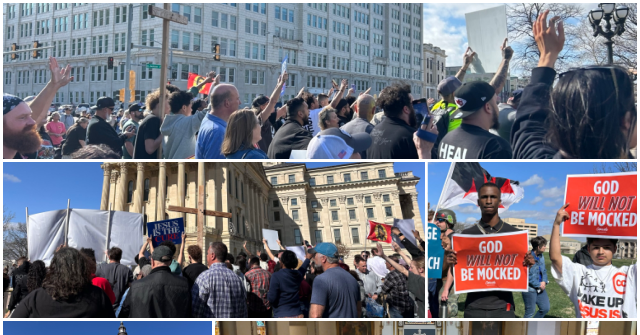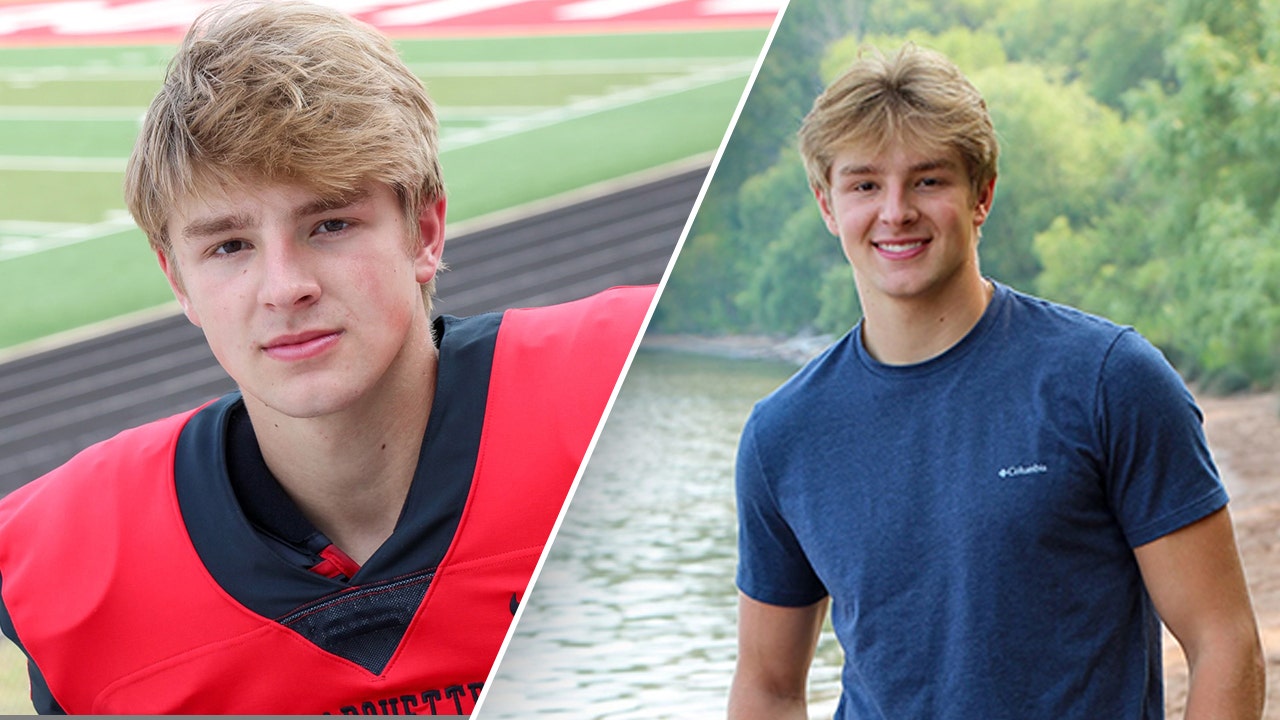An oval-shaped ball is flung backwards, spinning from the backside of a line of muscle-bound legs. Chaos ensues. Helmets clash and bodies writhe against each other. Painted white grass splays out under grinding boots. A quarterback catches the football and sidesteps away. She surveys the scene, taking stock of the anarchy, then heaves the ball forwards to a receiver grappling for airspace.
This is American football, and there is an increasing number of women not only playing it but slaying it.
Daniel Faalele made headlines recently when he became the latest Australian to be drafted to America’s multi-billion-dollar NFL. What made less waves were the five Australian women who had already become among the first to play in the women’s semi-professional equivalent.
The burgeoning US Women’s National Football Conference (WNFC) is the women’s counterpart of the NFL. There are 17 teams across the country, and the women play the same full-tackle, 11-a-side game that enthrals fans of Tom Brady and Patrick Mahomes alike.
“You do get comments like, ‘oh why are you doing that to your body?’,” says Renae ‘Red’ Hahn, a gridiron player of 10 years who moved from Sydney in February to play for WNFC team the Mississippi Lady Panthers.
“I’ve been in corporate offices and had bruises on my arms and people say, ‘Why are you doing that to your body, darling?’ I’m like, ‘you don’t say that to old mate over there who’s playing rugby’.”
Hahn, 30, is smashing glass ceilings across the Pacific as part of Mississippi’s new Global Panthers Program. She and her four Australian teammates – Liuanga Halaifonua Palu (30), Hayley Tagaloa-Smith (30), Amanda Howsan (36) and Shiloh Phillips (29) – were drafted to the Panthers after playing at Australia’s highest representative levels in the annual Australian national championships, and the International Federation of American Football (IFAF) World Championships.
Four of the women hail from the same Sydney gridiron club that had men’s teams since the 1980s, and in 2012 fielded its first women’s team, the UNSW Raiders, under the direction of Hahn’s boyfriend Dane Robertson. The fifth, Howsan, started playing in Brisbane in 2015 and loved the game so much she and her husband started a new women’s club playing for Griffith University.
“I always wondered whether or not my talent in Australia would translate as talent in America. This is a once-in-a-lifetime opportunity to play with the best in the world,” the Queensland quarterback says.
The newest Panther imports are speaking via Zoom from their new home for the 2022 season – a share house in Jackson, in America’s Deep South and fervent football territory. Palu, an Australian with Polynesian heritage, is licking fresh wounds from the team’s most recent defeat by competition leaders Texas on the weekend.
“I was put on my ass during kick return,” she says. “Getting hit was a massive blow to the ego – more than it was to my body. If I didn’t get my arse off the ground quick enough after the hit, and my head coach saw me just lying there, I’m pretty sure my soul would have left my body.”

YouTube footage of the league makes one thing clear: this is not powderpuff football. Palu and her teammates put on pads and helmets and subject themselves to brutal hits just like the men.
But unlike the men playing professionally in the NFL, in which the average salary is US$2m and the biggest stars earn upwards of US$40m per year, these women are not paid. They receive subsidised housing, gym access and daily training sessions from professional coaches – but they still have to find jobs that fit with a demanding training and playing schedule. For now, they’re putting their bodies on the line in the hope that some day there could be a monetary reward.
“There are leagues across the world where women are getting paid,” says Hahn. “In Australia, we can see the NRLW and the AFLW doing so well. Honestly, the NFL is lagging behind that.”
The team’s co-owner and defensive line coach, Camry L. Veal, agrees. Veal is a personal trainer, gym manager and kickboxing coach in Jackson who always dreamed of owning his own gridiron team. Amid the growth of women’s sport internationally, boosted by the progress of gender equality movements such as the US women’s soccer team’s fight for equal pay, Veal decided to make his dream a reality. With one twist: he would start a women’s side.
“Demand for women’s football is growing tremendously,” he says. “I mean, it’s American football. It’s huge, no matter who is playing it.”
Brands like Adidas, Bose and Riddell Sports think Veal is onto something; they have signed historic multi-year sponsorship deals to support the league’s growth. WNFC Founder and chief executive, Odessa Jenkins, has roped in ambassadors and advisory support from a raft of high-profile former players including former Seattle Seahawks running back Marshawn Lynch and All -Pro linebacker Patrick Willis. Games are broadcast live every Saturday on US streaming service, VYRE.
All the momentum seems to be heading towards a question of not if but when the league will professionalise.
“The women are so passionate about it. To me, they play with a greater level of passion than men because they’re also trying to prove a point. They’re trying to say, ‘hey, we’re athletes. We’re top athletes just like you. Just because we’re a different sex, that means nothing’,” Veal says. “I’ve said to myself, ‘I’m not going to stop until the girls are making revenue’.”
















.png)


Discussion about this post